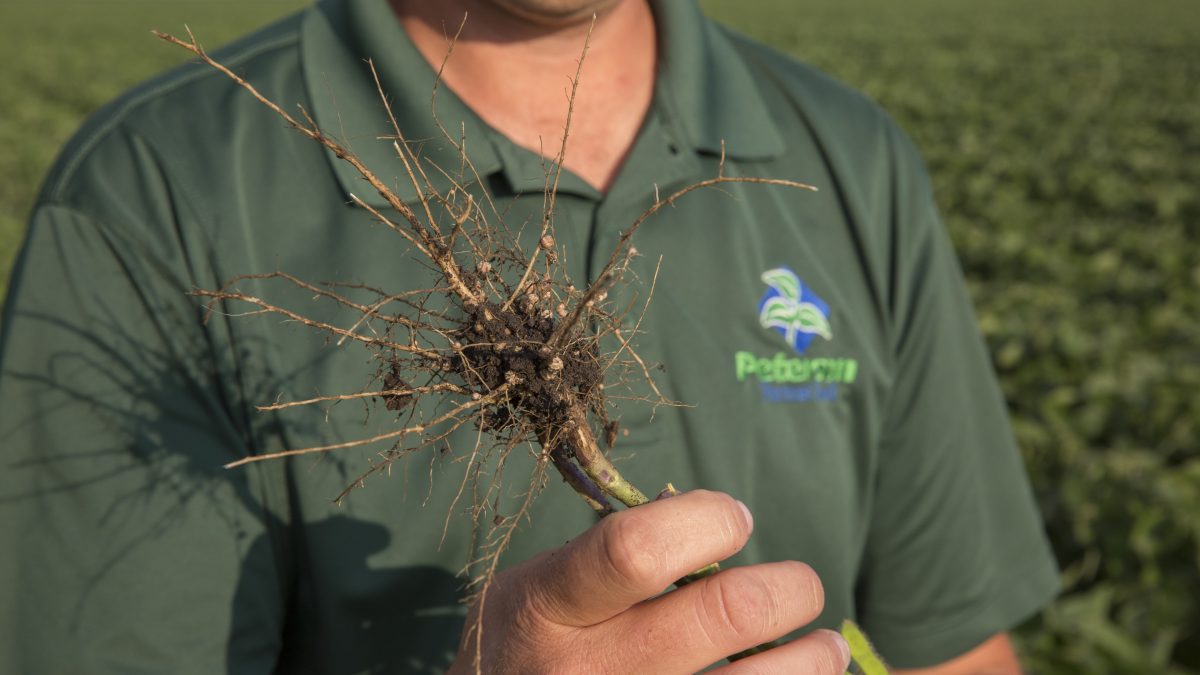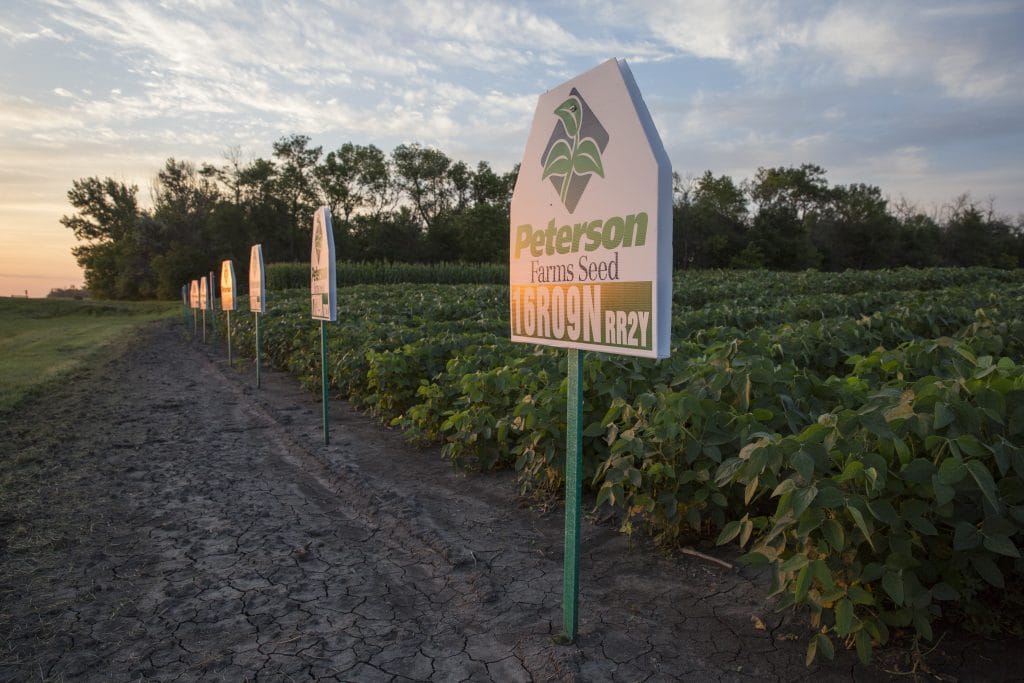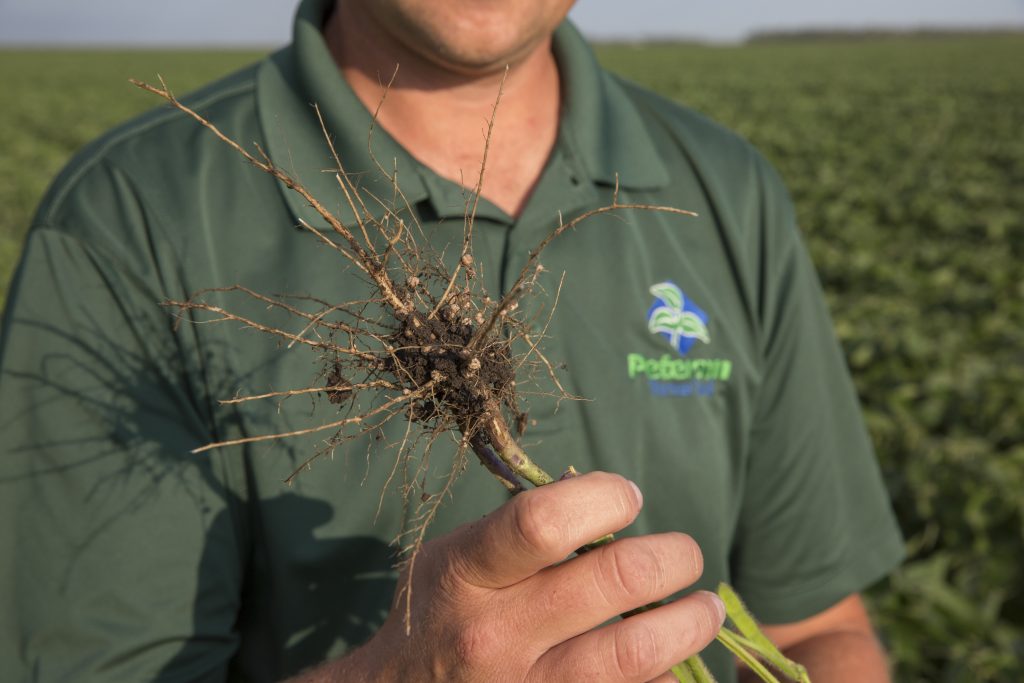Keep Feeding Your Soybean Scavengers

We have all heard the soybean plant referred to as a scavenger, and rightfully so, in my opinion. What better way to describe a plant that so often is planted and expected to be productive simply by utilizing the fertility that the previous year’s corn crop did not use. Much has been researched, spoken and written in the last several years on the importance that fertility plays in the outcome of soybean yield. This has led to growers paying much more attention to the soybeans’ needs. However, in lean agricultural times like we are facing now, my worry is that soybean fertility may be on the input chopping block. I believe that cut will prove to be a mistake.
1. Recent corn crops have not been sharing fertility with the following year’s soybeans. Yes, corn has been greedy. In many cases as of late, any intended application of P&K to cover both the current year’s corn crop and the following year’s soybean crop has been used completely by the corn.
Consider this: a 200-bushel corn crop followed by a 50-bushel soybean crop would remove from the field a total of 118# of Phosphorus and 119# of Potassium. These rates need to be applied to simply cover removal. If a farmer is dealing with a low testing piece of ground, the application rates need to be higher in order to build P&K levels in the soil.
2. Well-fed soybeans are healthier soybeans. Much like how a balanced diet of nutrient-rich foods will help us better fend off a cold or flu, so too will a healthy soybean be better able to fend off disease. Fertilizer application now may have a secondary benefit of saving a fungicide application later – which is money well spent!
3. Soybeans LOVE nitrogen. A 50-bushel crop will require 190# of N to produce the grain! Luckily, the soybean is a legume, and the rhizobia bacteria that take residence on the roots (Image below) are experts at capturing atmospheric nitrogen and converting it to the plant usable form. In the majority of our area, these rhizobia will likely provide enough nitrogen to produce a crop of 60 bushels.
However, as we look to push yields consistently higher, a late season nitrogen application may warrant consideration. In 2016, it is believed there were extraordinarily high levels of soil nitrogen mineralization which may be one of the primary reasons that we saw record yields across the tri-state area. It is important to note that any nitrogen application to soybeans should not be made until the R2-R3 stage, as early applications will hinder nodule development. Waiting to apply until the reproductive stages will coincide with the natural dying of the soybean nodules. If this is something you would like to try, I suggest applying in blocks at different rates and replicating them. Perhaps trying 25, 50 and 75# N applications would give you a better idea if late season nitrogen will help push your yields up and over the hump.
These are just a few reasons to keep feeding your soybeans not only this year but in the years to come. At Peterson Farms Seed, we want your crop to get off to the best start possible. But a well-fed crop means nothing if the seed is of poor quality, and quality is something we take very seriously. We package soybean seed that meets or exceeds 94% germination. Quality seed matched with a superb fertility program means your soybeans will be scavengers no more.













